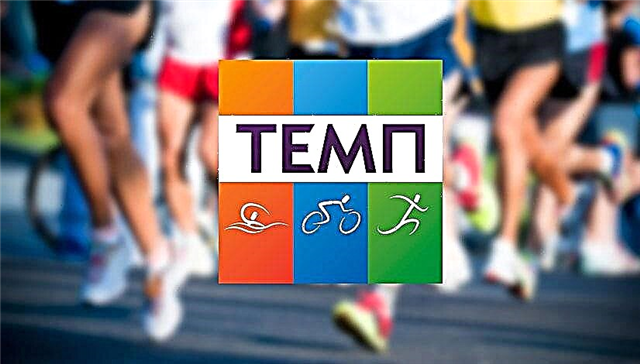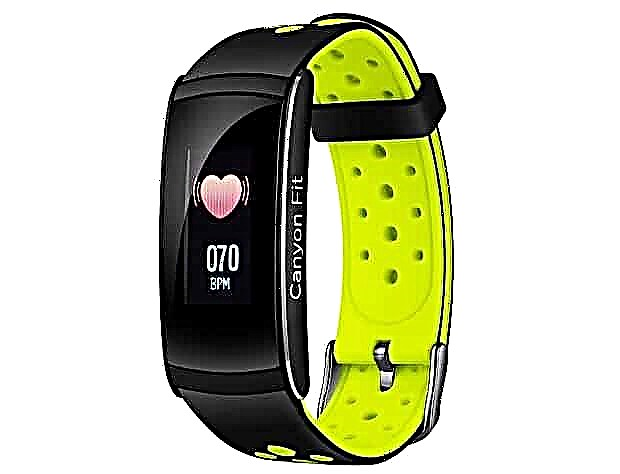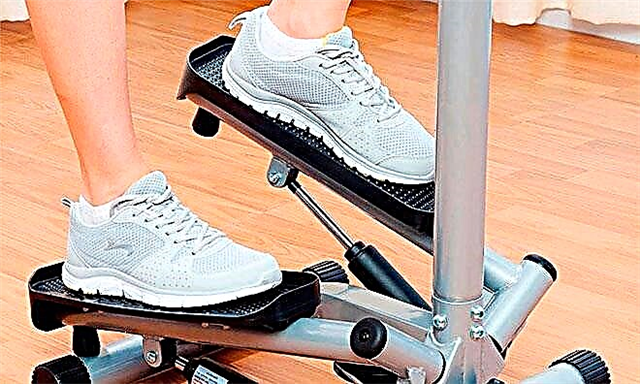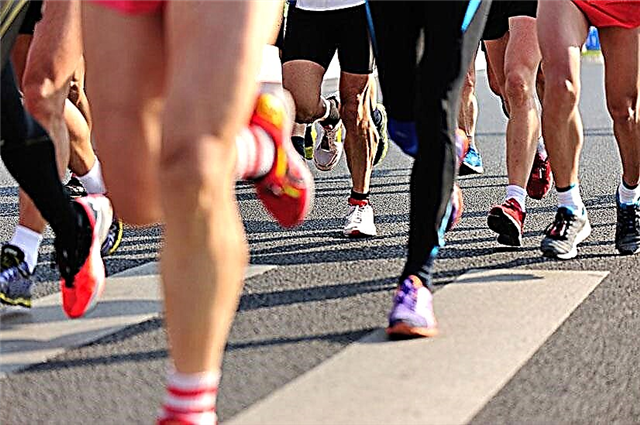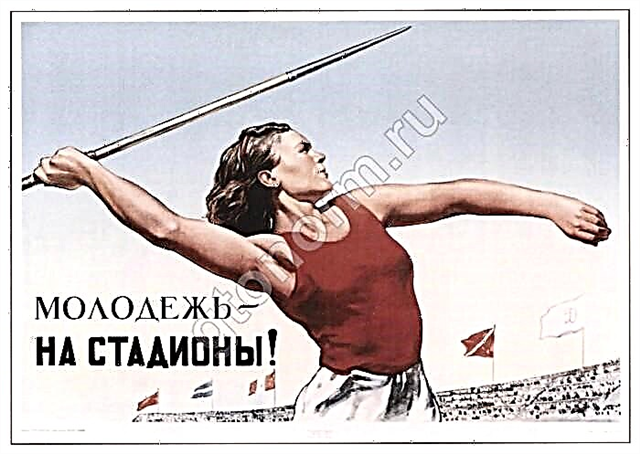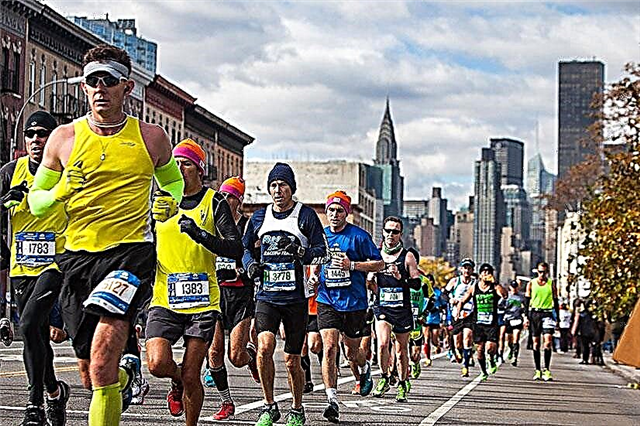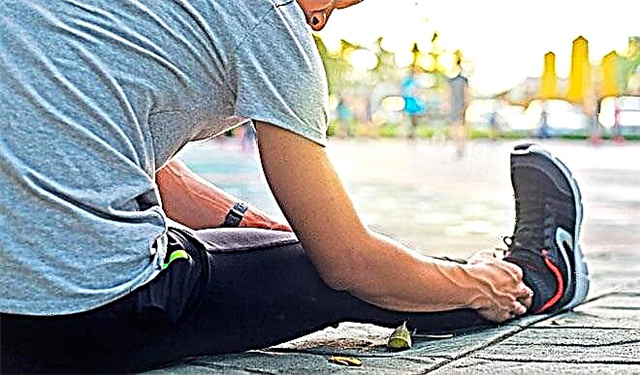Crawl swimming is suitable for anyone, regardless of age or physical skill. This style is adored by professionals, for the opportunity to develop high speed. And amateur swimmers are happy to practice it for muscle training, general health promotion, and weight loss.
The crawl or water style is the fastest type of swimming, requiring high energy costs from the athlete. It is not difficult to learn it, it is much more difficult to develop the endurance and strength required for long heats.
In this article, we will explain how to crawl properly in a pool or open water. You will master the correct technique of arm and leg movements, learn to breathe, make turns, and avoid typical mistakes. We will also tell you how not to get tired for a long time in order to overcome long distances effortlessly.
What is crawl swimming and what types does it have?
Very soon we will start learning the correct crawl swimming technique for beginners, but now, we will give a general description of the style.
Crawl or water style is a method of swimming on the stomach (or back) with alternating movements of the upper and lower limbs. In motion, the body is pulled into a string, the arms make circular movements in a plane perpendicular to the water, and the legs move like "scissors". The face is lowered into the water, the inhalation is performed with a lateral turn of the head, when the ear is placed on the leading shoulder, and the exhale is in the water.
The crawl is the oldest way of swimming, although it came to civilized Europe only in the 19th century. Today it is considered the main style of speed swimming in all Olympics and competitions.
Let's analyze the main types of crawl:
- The most popular type today is six-stroke or American. The arms make rhythmic strokes, the face is lowered into the water, and the legs, in one cycle of rotation with the upper limbs, make six alternating movements;
- Less demanded is the so-called two-stroke or Australian method. The swimmer swims on his chest, with his head raised. The arms, bent at the elbows, make strokes, in fact, pushing off the water with their palms. Legs move with "scissors" in unison, in opposite order - for each hand movement, 1 foot movement is performed.
- A four-beat chest roll is often practiced - it is similar to the American one, but the legs move faster. Adhering to a similar six-stroke crawl style, this swimming technique involves 4 kicks.
- Water style on the back. The body lies horizontally on the water, without bending in the pelvis. The upper limbs make circular movements, performing long strokes. The lower ones move in the "scissors" technique.
Before a detailed analysis of the crawl swimming technology from scratch, we will find out how this style is useful and whether it can cause harm.

Benefit and harm
As we wrote above, the crawl swimming technique requires huge energy costs. That is why it is extremely effective for weight loss. Also, such swimming allows you to qualitatively pump your endurance skill, which is useful in many sports disciplines. The crawl perfectly trains the respiratory system, strengthens the heart muscle, stimulates excretory and metabolic processes. Eliminates congestion in the pelvic area. Thus, the benefit for men from crawl swimming is a beneficial effect on potency, and for women - on reproductive function.
Crawl swimming allows you to strengthen the entire muscle relief, while it does not load the joints and spine. It is indicated for people with diseases of the musculoskeletal system, pregnant women, the elderly. With an adequate load, of course.
Otherwise, health can be damaged. If you have heart or respiratory problems, choose less intense swimming instead of crawling on your stomach. For example, bras or aqua style on the back.
Please note that swimming has very few contraindications, but if you do not follow the technique correctly, there will be no benefit from this sport. You will overload the spine, give the heart an excessive cardio load, waste energy in vain with a minimum of useful action. Our article will help you avoid the classic mistakes when crawl swimming - read it carefully and then you can forget about the potential harm.
Technics
The crawl swimming style technique consists of 3 subsections:
- Leg movement;
- Hand movement;
- Breathing and body position.
Also, in this block we will tell you how to turn in crawl swimming.
So, let's move on to the crawl swimming technique step by step and start from the starting position:
The body is straightened into a string, arms are extended forward, legs are straight, relaxed, the face is immersed in the pool. You can take the starting position by pushing off the side of the pool with your feet forward or by jumping into the water.

Hand movements
From the starting position, the first movement is done as follows:
- One hand goes into the water, palm down, slightly bent at the elbow;
- She then describes a semicircle underwater, fully straightening;
- By the end of the stroke, she comes out of the water in the area of the swimmer's side;
- Simultaneously with these movements, the second hand is thrown forward onto the water surface. To better understand the technique of its movement, imagine that you are pulling your hand out of the back pocket of your jeans, with the hand positioned so that the little finger is higher than the other fingers.
- During this movement, the leading shoulder rises slightly from the pool, and the swimmer either turns onto the side or slightly tilts the lower back to the side (both options are technically correct);
Typical mistakes
- The arm that is brought forward in the stroke should be relaxed and slightly bent. Make sure that the hand does not rise above the level of the elbow. These mistakes lead to unnecessary stress, so the swimmer gets tired faster.
- A slight turn of the leading shoulder forward is also very important - this way the arm stretches as far as possible, which means that the athlete will cover a greater distance with less water resistance;
- The main effort is performed by the shoulder - the hands and forearms should receive a secondary load.
Remember, the meaning of the movement of the legs and arms when crawl is not equal. The former are mainly responsible for balancing the body in the body of water, while the latter are the main driving force.
Leg movements
Let's continue to figure out how to properly crawl, move on to the technique of moving the legs.
The lower limbs do not greatly affect the speed of the swimmer, but they help the body to maintain balance and the right position in the water. The work of the legs during crawl swimming is carried out in a vertical plane - they move alternately up and down.
- First, there is a slight bend in the knee joint;
- Next, a strong leg swing, as if you are kicking a ball;
- Then the limb is straightened;
- The second picks up the first, performing a similar loop.
For a full cycle of arm movements, you should perform the required number of kicks, depending on the type of crawl. Most often - 6, 2 or 4.
Typical mistakes
- The leg is bent at the knee too much;
- The mahi is very intense;
- Legs come out of the water during swings.
All these mistakes lead to unnecessary tension, without increasing either the speed or endurance of the athlete.

Breathing technique
So, we have disassembled the basic diagram showing how to properly crawl. However, in addition to the anatomy of movements, breathing plays a huge role in technique. The endurance of an athlete or the ability not to get tired for a long time depends on its correct setting.
So let's remember how the legs and arms work when crawling. Now let's try to connect all this with breathing. During swimming, the athlete's face is submerged in water, the upper water level passes approximately through the forehead.
- The inhalation is performed at the moment when one arm with the shoulder is brought forward, and the body turns in the opposite direction. At this time, the swimmer rests his ear on the leading shoulder and the face comes out of the water. At the same time, his gaze is directed towards the opposite limb going under the water;
- Breathe in through the mouth;
- Please note that the technique does not provide for a special movement of turning the head for inhalation. This action becomes possible thanks to the style technique, and it happens by itself. Of course, if you do everything right.
- After alternating hands, the face again plunges into the water, the swimmer exhales through the nose and mouth;
- The inhalation is performed for every third stroke with the hand, thus there is an alternation of breathing on the right and left;
- You can also inhale every two strokes, but in this case you will practice "breathing under one arm", which is not entirely correct.
The position of the body in all phases of swimming remains horizontal. However, it constantly revolves around itself to the right and left, making forward movements with its shoulders forward.
Reversal
The crawl swing technique includes two methods:
- Side swing or pendulum;
- Somersault under water.
Somersaults in the water while crawling are carried out as follows:
- When you swim up to the wall, stretch one hand forward;
- Dive head and body forward, performing somersaults under water;
- At this time, exhale with your nose so that no water gets there;
- You will find yourself underwater in a position on the back;
- Straighten your legs and feel the pool wall;
- Give a powerful push;
- At the moment of acceleration, make a turn to the stomach;
- Continue sliding forward until the start of the stroke cycle.
The pendulum is made as follows:
- Swim up to the pool wall and touch it first with your brush, then with your forearm;
- At this time, the legs are bent at the knees, the body acquires an upright position;
- Push off the elbow with the whole body in the direction of the side, inhale, make a turn;
- The second hand at this time is brought forward, and the legs are repelled from the side of the pool;
- Further, the first hand catches up with the first, sliding forward in the starting position occurs;

How not to get tired?
We examined how to properly work with the legs and arms when swimming in crawl, also analyzed the breathing and turning technique, studied the basic mistakes. Now let's give a couple of tips that will allow you to learn how to swim for a long time and without getting tired:
- Observe the correct breathing technique;
- Make sure not to make the typical mistakes of this swimming style;
- Perform various exercises to improve endurance;
- Do breathing exercises aimed at increasing lung volume;
- Take long strokes, throwing your arm as far as possible;
- Do not try to do too frequent strokes - just keep them rhythmic and long;
- Swim lightly and relaxed. Do not try to keep your body on the water with your hands and feet - your balance is responsible for this. Do not make yourself an unnecessary burden, trust your body.

There is a saying among swimmers - "Breaststroke is legs, crawl is arms", and we cannot but agree with its fairness. In the aquatic style, the hands do 80% of the work. Learning this swimming is not at all difficult, even easier than the aforementioned breaststroke. Another thing is that many swimmers “do not like to work” and abandon too energy-intensive style in favor of a more relaxed “frog”. We recommend that you pay equal attention to both types of swimming. So you can give the body a more complex, and therefore payload.

